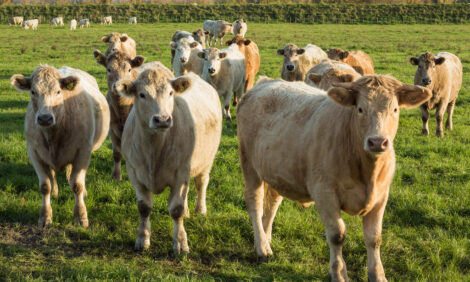



Slurry Evaluated as a Lone Fertiliser
UK – The merits of slurry spreading as a sole fertiliser application to forage crops has been investigated by AgriSearch, the NI Agricultural Research and Development Council.
The study took four years and analysed the growth of ryegrasses, clovers and a low input grass mixture. Each crop was treated with varying slurry application levels (0, 34, 60 and 89 m3/ha/year: 0, 3000, 5300, and 7900 gallons/acre/year).
The fields were harvested 3-4 times a year and consisted of were diploid, tetraploid, hybrid and Italian ryegrass, a low input grass mixture, red clover and a mixture of ryegrass and white clover.
At the highest level of slurry application, the diploid and tetraploid ryegrasses produced approximately 12 t DM/ha/year, the hybrid ryegrass, low input mix and the grass/clover mix approximately 13.5 t DM/ha, while the red clover and Italian ryegrass produced in excess of 14 t DM/ha/ year over the four years of this partly farmer funded experiment.
When no slurry was applied, the red clover produced the highest average annual yield (13.8 t DM/ha), with the grass/clover the next highest (11.3 t DM/ha). Red clover consistently achieved the highest annual yield when no slurry was applied.
The clover forages had a lower response to slurry nitrogen than the grass-only forages. The amount of atmospheric nitrogen fixed by the clover swards decreased with the application of slurry.
Soil potassium content decreased rapidly when no slurry was applied, however it remained relatively constant with the two highest slurry application rates (60 and 89 m3/ha). This demonstrates that slurry nutrients alone can sustain soil potassium levels for swards under a continuous cutting management regime.
This study concluded that slurry as the sole source of nutrients (89 m 3/ha/year) was able to sustain long term yields (Year 4) of between 8.9 and 11.6 t DM/ha across the range of forages examined, while maintaining soil nutrient status.
When no nutrients were supplied, grass/clover swards and red clover swards were able to sustain long term yields (Year 4) in excess of 9.2 t DM/ha due to fixation of atmospheric nitrogen.
TheCattleSite News Desk


